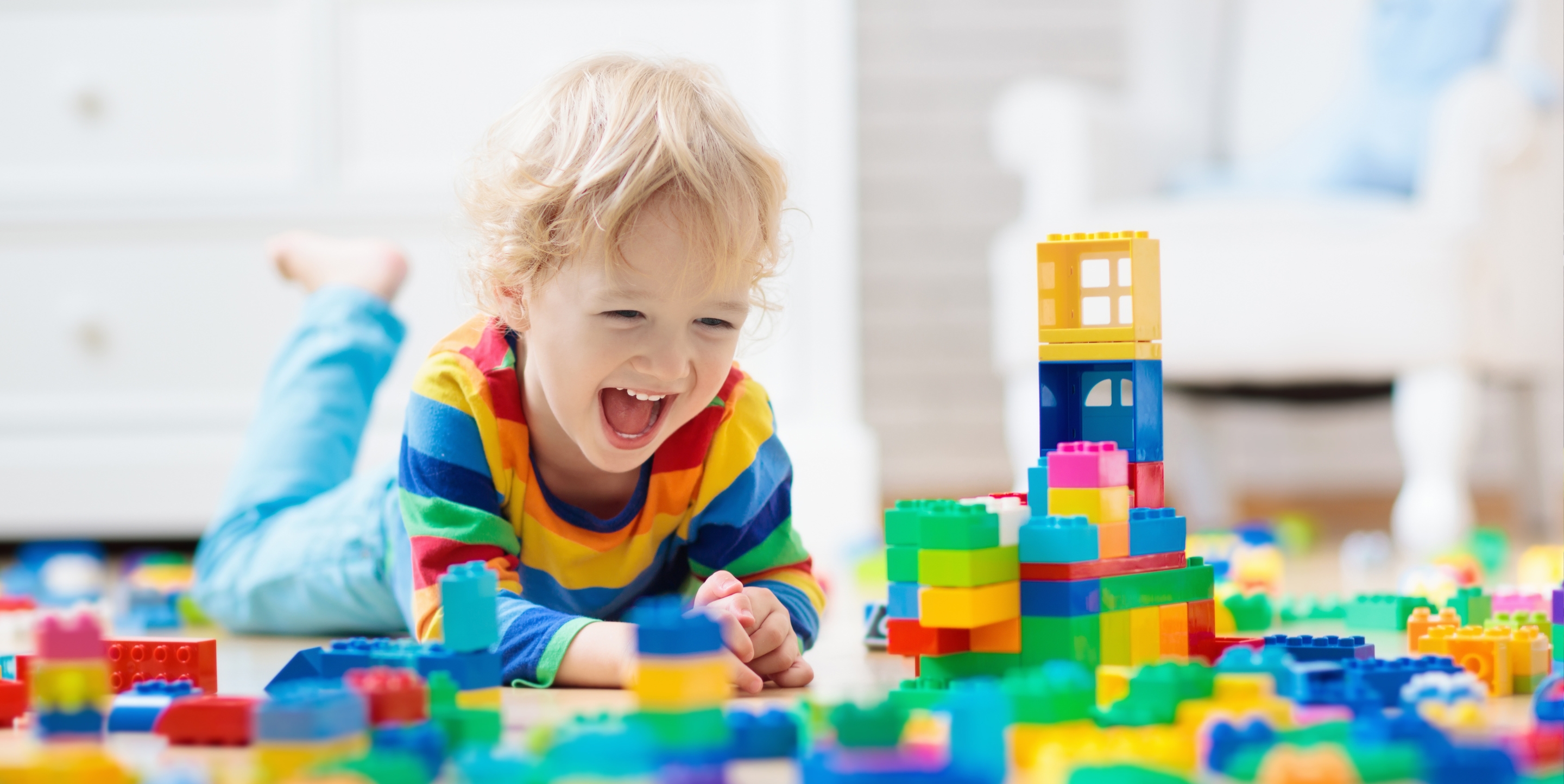A Complete Guide to Repotting Your Houseplants
Houseplants continue to grow in popularity among seasoned and casual gardeners. When it comes to repotting your houseplants, there are typically some bumps on the road. We've got some tips and tricks that will make the process simple and keep your plants healthy and strong.

Houseplants have always been popular, but recently have became a favorite with home decorators. A little splash of greenery warms up any environment and can actually improve the air quality of a home. Here are some hints for repotting your houseplants and keeping them happy and healthy.
When is it time to repot?
The best time to repot is spring because the roots are actively growing and they’ll adapt readily to fresh potting soil. If the plant is extremely pot-bound and suffering from stress, move it to a new container during any season.
When you notice roots growing vigorously through the drainage holes the pot, it’s probably necessary to give the plant a larger container. However, a root-bound plant will not always display such an obvious sign. If you notice that the soil is drying out quickly, or the water is running right through the roots, your plant may need repotting. If the foliage has seemed to stop growing, your plant may be pot-bound. Carefully remove the plant from its current container and look at the roots. If they are so dense that you cannot see any soil in the bottom third of the root ball, or if they are tangled into the circular shape of the container, it is time to repot.
There are some plants that enjoy their roots to be slightly pot-bound. African violets and Spider plants flower better if their roots are somewhat constricted. Still, even these plants will benefit from repotting if you no longer see soil in the root ball.
Choose your pot
If you are satisfied with the current size of your plant, select a pot that is only slightly larger. For all other plants, choose a container an inch or two larger in diameter than the current pot. Repotting your houseplant into a pot that is too big could lead to root rot because you’ll have too much soil and too little roots. And you will stall the growth of the plant because all the energy will be sent to the roots. If you are reusing flowerpots, make sure they have been scrubbed clean and are dry. Dirty pots can transfer disease and pests to your plants. Select a new planter and make sure it has drainage holes. If you choose a new clay terracotta container, soak it overnight before using. This will prevent all the water from soaking into the clay after you add the new plant.
Choose your soil
Always use a sterile potting mix designed specifically for houseplants. Bringing in outside garden soil will result in possible disease and pest problems. Most purchased mixes have a blend of nutrients and fertilizers to help your plants thrive. Miracle-Gro potting mix will feed your plants for 6 months and also has blends specifically formulated for cactus, African violets and succulents. All are available online at Fleet Farm or at your local store.
Repotting your plant
Before removing the plant from its current container, water it thoroughly and let it sit for an hour or so. This will soften the roots and cause less breakage and damage. Remove the plant and gently pull or “tease” the roots apart to separate them so they are no longer circling the root ball. If the plant will not come out easily, work your fingers along the sides of the pots to loosen the roots as you slide the plant out. If the roots are densely matted, you may use a knife to make slight cuts on the side of the root ball. Separating roots this way and freeing tangled root masses will give the other roots room to spread out and grow in the new soil. When removing any plant from its container, never pull on the stem or you will harm both the roots and the plant.
To keep soil from draining out of larger drainage holes, place a disposable coffee filter in the bottom of the pot. Fill the bottom of the new pot with some fresh soil, making sure that the root ball is sitting slightly (an inch or so) below the lip of the new pot. Fill the container around the sides of the plant with new soil, compressing it gently as you go. Continue adding soil until it fills the pot. Try tapping the pot a few times on a hard surface to settle the soil and remove air pockets. Do not press down on soil too tightly or water and air movement will be restricted. Water the plant thoroughly and check in a day or two to see if new soil may need to be added after settling.
Make sure to so your research and choose the ideal light and temperature conditions for the types of houseplants you have selected. Move them to the spot in your home that will meet those requirements.
Bringing in houseplants from outside
If some of your houseplants have spent the summer outdoors, they will need special consideration before bringing them in for the winter. Check the plant carefully for any sign of pest infestation, and treat with an insecticidal soap if necessary. Replace the soil and clean the pot before bringing the plant indoors, and if possible, keep the outdoor plants in a separate area, segregated from your full-time indoor plants. This will help keep any unseen pests from infesting the rest of your indoor plants. To help the plants adjust to the move from outdoor light to indoor, gradually move them to a shaded area of the yard and decrease the amount of sunlight they receive each day. In a few weeks they will be able to be moved to a bright indoor location.












